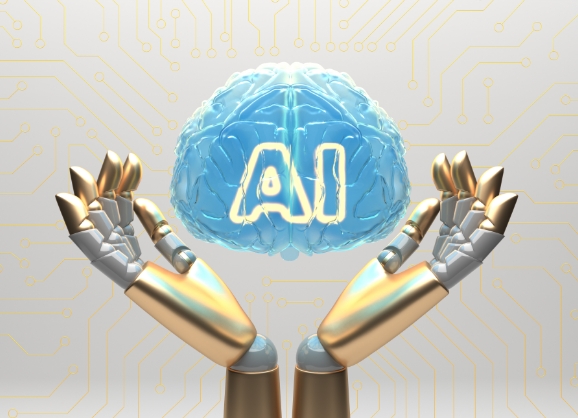In today's digital landscape, where user expectations are higher than ever, software development has shifted its focus from purely functional applications to user-centered design. User-centered design puts users' needs, preferences, and experiences at the forefront, driving the development of software applications that meet their expectations and contribute to business success. This publication will delve deeper into the significance of user-centered design in software development and explore how it enhances user experiences, saves time and resources, and gives organizations a competitive edge.
1. Enhanced User Experience: Building a Solid Foundation
User-centered design starts with building a solid user experience (UX) foundation. Organizations can create software that resonates with their target audience by understanding users' needs, goals, and pain points through user research and persona development. User-centric design principles ensure that applications are intuitive, visually appealing, and easy to navigate, providing users with a seamless and enjoyable experience.
2. Understanding User Needs: The Power of Empathy
One of the critical benefits of user-centered design is its emphasis on empathy. By putting ourselves in the users' shoes, we deeply understand their needs, motivations, and behaviors. User research methods such as interviews, surveys, and usability testing provide valuable insights into user preferences and help shape the design and functionality of software applications. This user-centric approach ensures that software meets user expectations, increasing satisfaction and engagement.
3. Usability and Efficiency: Streamlining Interactions
User-centred design aims to create visually appealing, highly usable, and efficient software applications. Intuitive interfaces, logical workflows, and seamless interactions reduce the learning curve for users, enabling them to accomplish tasks quickly and effortlessly. User-centered design enhances user productivity and satisfaction by minimizing friction and cognitive load.
4. Saving Time and Resources: Reducing Support and Training
Considering the end-user from the early stages of software development can significantly reduce the need for extensive training and ongoing support. User-centred design aims to create self-explanatory software that is easy to use, minimizing user frustration and the need for additional assistance. By reducing support calls and training requirements, organizations can allocate their resources more effectively and focus on innovation and growth.
5. Gaining a Competitive Edge: Experience as a Differentiator
In today's competitive landscape, user experience has become a crucial differentiating factor for software applications. Positive user experiences lead to higher customer satisfaction, increased loyalty, positive word-of-mouth referrals, and a strong market position. Organizations prioritizing user-centered design can gain a competitive edge by delivering exceptional experiences that resonate with their target audience.
6. Continuous Improvement: Iterative Development and Feedback
User-centered design is an iterative process that embraces feedback and continuous improvement. By gathering user feedback through usability testing, surveys, and analytics, organizations can identify areas for enhancement and incorporate them into future software iterations. This iterative approach ensures that software applications remain aligned with user needs, evolving and improving to meet changing user expectations and market dynamics.
In the digital era, user-centered design has become an essential approach to software development. By focusing on the needs and experiences of users, organizations can create software applications that meet user expectations and drive business success. From enhancing user experiences to saving time and resources, user-centred design offers a range of benefits that can give organizations a competitive edge in the market. Embracing user-centered design is crucial for staying relevant, gaining customer loyalty, and delivering software applications that genuinely resonate with users.




